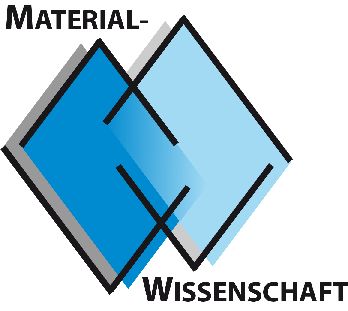Mechanical Dislocation Imprint – New Publication in Science
Mechanical dislocation imprint in ferroelectric ceramics
2021/06/01
The technological challenges of the 21st century are closely linked to the developments in electroceramic components. The annual world market for electroceramics reaches €25 billion with an increasing tendency due to the growing demand for capacitors, sensors and actuators.

In particular piezoelectric and ferroelectric materials exhibit excellent dielectric and electromechanical properties, due to their non-centrosymmetric structure and the resulting spontaneous polarization. This offers unique possibilities to generate electric charges or mechanical strain in the pico- and nanometer range, which enables the fabrication of small robots, sensors, positioners, transducers, and other electronic devices.
The excellent electromechanical properties of these materials are mostly achieved by controlling the motion of ferroelectric domain walls, that is, microscopic interfaces that separate different regions within the ferroelectric crystal lattice. Conventionally, this is done by targeted incorporation of ions, so called dopants, which form point defects that interact with the ferroelectric domain walls. Even though this approach satisfies the primary requirements, they often show weaknesses when materials are operated under demanding conditions, for example at high temperatures or during severe cycling.
These problems were addressed in the recent work of Höfling et al.1 reported in Science by a new innovative approach, whereby point defects are replaced by more stable line defects (called dislocations).
In the first step, the brittle character of the ceramics had to be overcome. This was achieved by high temperature creep of single crystalline perovskites, leading to plastic deformation and mechanical imprint of dislocations into the material (see figure). This resulted in domain nucleation at dislocations and an interaction between domain walls and dislocations, which can be described by a local pinning force. This local pinning force acts in combination with a macroscopic restoring force on domain dynamics, which causes a significant change in the electromechanical properties. As a result, a 5-fold increase in the dielectric permittivity and a 19-fold increase in the piezoelectric coefficient have been demonstrated in ferroelectric barium titanate. These properties are essential for capacitors and actuators. Moreover, the values exhibited a higher temperature and cycling stability, as compared to conventional point-defect doping.
The introduction of dislocations provides a unique opportunity to modify the movement of the domain wall at specific points, and is thus an exciting alternative to conventional approaches. This represents a small milestone for the development of future electroceramic materials.
This research was funded by the German Research Foundation (DFG) in the frame of a Koselleck-Project. Several groups at TU Darmstadt as well as groups from Switzerland, the USA and the Netherlands were involved in the realization of this work.
1 M. Höfling, X. Zhou, L.M. Riemer, E. Bruder, B. Liu, L. Zhou, P.B. Groszewicz, F. Zhuo, B.-X. Xu, K. Durst, D. Damjanovic, J. Koruza, J. Rödel “Control of polarization in bulk ferroelectrics by mechanical dislocation imprint.” Science 372(6545) (2021) 961. 10.1126/science.abe3810






